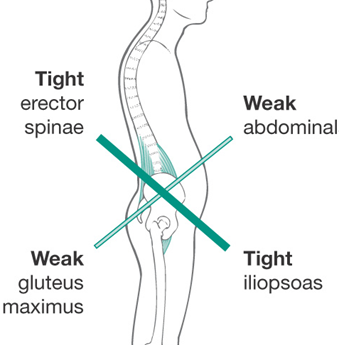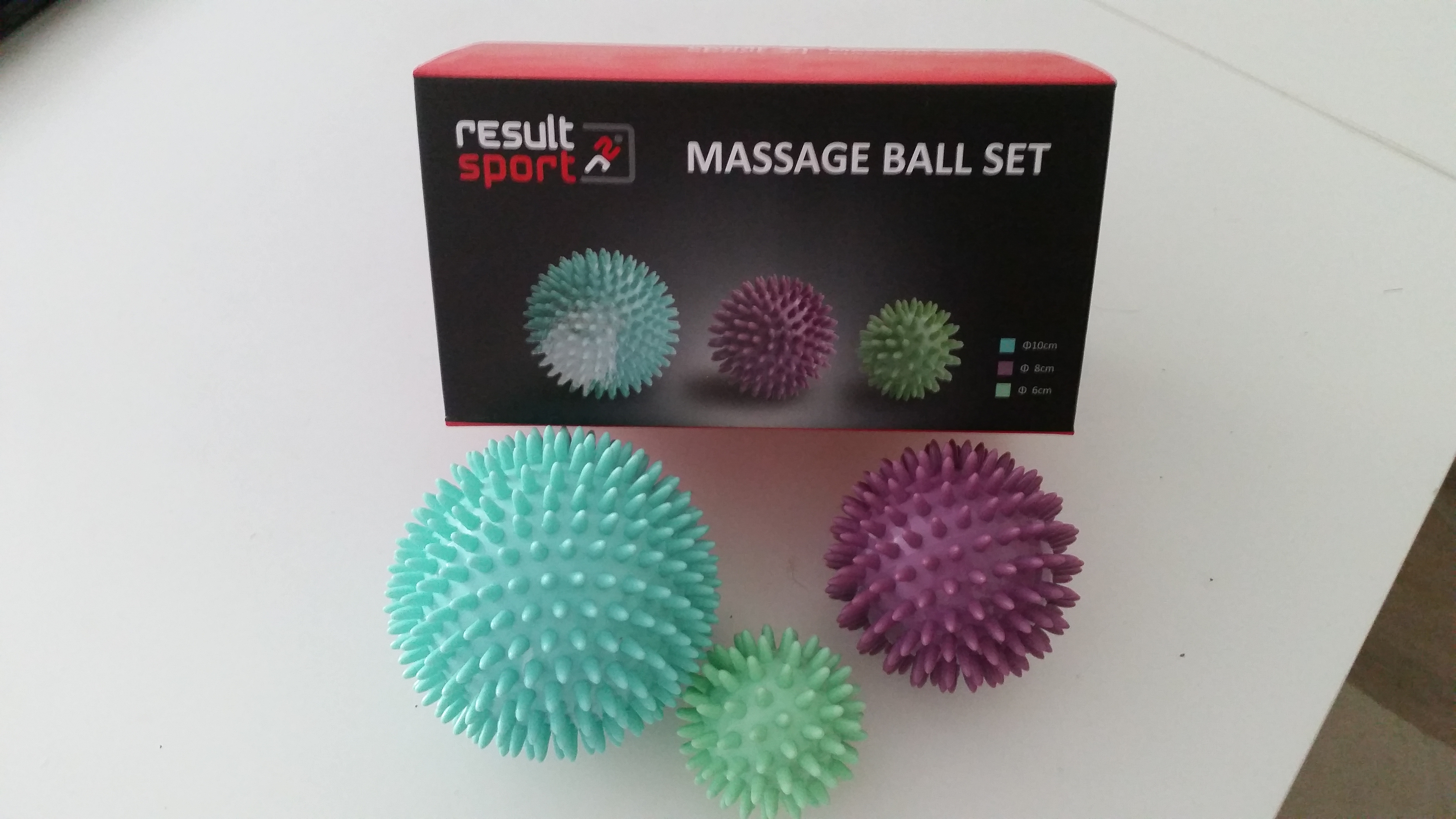I recently bought a book written by Steve Haines, entitled “Pain is really strange”. I found this book to be a valuable summary of an extensive amount of pain research. As part of my Master’s Degree in Osteopathy as well as my own extra-curricular attendance at external course I have received more than 40 hours of lectures on the subject of pain alone. Of course, understanding pain is an extremely important aspect to practicing osteopathy – in excess of 99% of patients present with pain (be this back pain, neck pain, muscle pain, joint pain, etc).
The book itself is a 32 page illustrated summary, which presents the latest ideas in pain research and pain understanding in short and accessible sentences. I look forward to lending out this book to interested patients under my care because coupled with the book’s illustrations it really makes the ideas stick in your mind.
The main ideas that I have communicated to patients when I have felt they would benefit from a better understanding of pain have been the following:
- Pain is not the same as damage. Pain is not equal to damage. This one is the fundamental idea that we all need to grasp. It took me years to really believe and embrace this concept myself. Physical damage usually results in pain, but not always (think of all the stories of people not feeling pain after hurting themselves badly). All pain is created by the brain. Electrical signals travel from the damaged tissue along nerves to the brain and the brain makes the decision whether it is pain or not, and if it is, whether now is the best time to create pain. Think of all the times that people don’t register that they’re in pain, such as when they’re in danger (like after a car crash) and all the adrenaline makes them not feel any pain until hours later.
- Medical imaging/scans (such as MRI scans or Xrays) are not good predictors of pain. There are many scientific studies that back this up – where the researchers found that people were walking around pain free despite having severe disc degeneration (such as disc prolapse) in their spines. On the other hand, there are publications that warn against becoming a VOMIT – a victim of medical imaging technology. In short, and to quote the book: “Seeing X-rays and MRI scans may actually make you more likely to experience pain as they look scary”.
- Chronic pain is defined as lasting more than 3-6 months. According to the latest research and summarised in the book – chronic pain is very often a mistake in the alarm systems of the body. This is mainly because tissues in the body usually heal within 6 months, and unless a person has re-injured themselves or there is a persistent cause/disease that is causing the pain, there really is no reason the pain should still be there.
- Sensitisation – the more the brain generates pain, the better it becomes at doing this (generating pain). This can lead to very mild injuries being experienced as very painful. This is directly tied in with negative memories that people can develop if they’ve experienced a certain injury in the past. Remember how as children we used to not be afraid of anything and over the years we have become afraid of specific things, such as flying insects, because of that one time a bee or a wasp stung us? Perceived pain is influenced by memories that we have about that certain pain, as well as beliefs that we might hold, even if they’re untrue (all pain is bad, back pain never goes away, etc).
This post was never intended to be a thorough explanation of pain science, and I am going to stop here. I hope that this post has piqued your interest and I hope that what you’ve taken away from this blog post so far is a thirst for more information when it comes to pain. More information can be found in the following TED Talk by one of the foremost researchers on Pain, Lorrimer Moseley:
I hope this gives you an insight into the reasons behind some of the things that osteopaths have to think about when consulting with any given patient.

